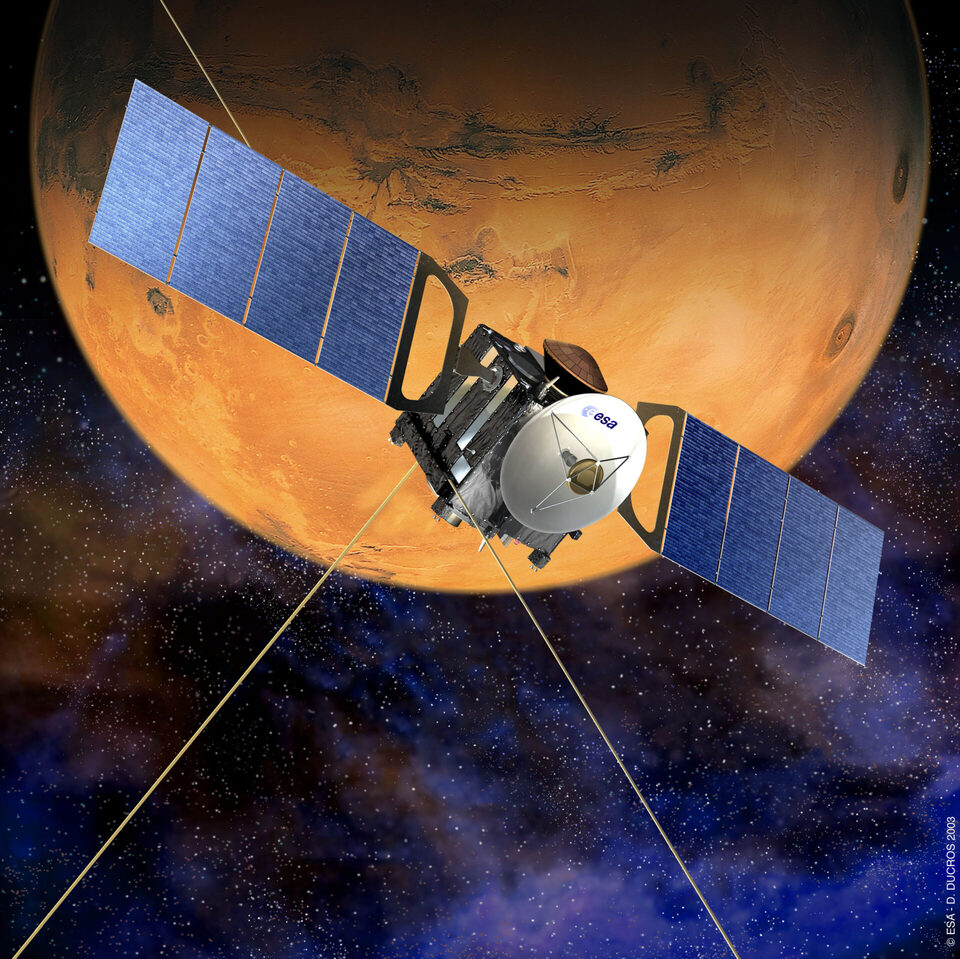When the rover explores the surface of Mars, it does not send data directly to Earth. This is not possible for two reasons. Firstly, this would require a large, powerful antenna, which would be cumbersome and expensive to add. Secondly, due to the rotation of the Earth and Mars, it is very difficult to adjust the exact positioning, which would constantly be confused.

Therefore, a network of Martian orbiters is used to transmit data from the surface, collecting data from rovers and landers, and then transmitting them to Earth. These orbiting spacecraft are included in the Mars Relay Network. They perform relay duties in addition to their scientific functions in observing the return of the Red Planet. Recently, one of these orbiters, the European Space Agency’s (ESA) Mars Express, set a new record for transmitting data from seven different missions on the surface of Mars.
Since its arrival on Mars in December 2003, Mars Express has transmitted data from six NASA ground missions (four rovers and two landers), as well as another Chinese bicycle.
“We are proud that Mars Express has played a role in the interagency Mars data relay network over many years and has supported so many surface assets. This network will be vital to support future missions to the Red Planet, such as those of the Mars Sample Return campaign,” said James Godfrey, Mars Express spacecraft operations manager at ESA’s ESOC Mission Control Center.
Vital connection
Spacecraft operating on Mars are designed so that they can interact with their radio communications, so ground missions and orbiters built by different agencies can communicate with each other. This level of international cooperation means that the data of Martian robots can be transmitted to the nearest orbiter, even if it is from another country.
Mars Express transmitted data from NASA’s small Spirit and Opportunity rovers that explored the geology of Mars, the Phoenix and InSight landers, as well as the Curiosity and Perseverance rovers. Last year, Mars Express also conducted communication tests with the Chinese Zhurong rover, testing a new technique for one-way or two-way data transmission.
Earlier we reported on how Mars Express filmed the orbital dance of Phobos and Deimos.
According to ESA
Follow us on Twitter to get the most interesting space news in time
https://twitter.com/ust_magazine

